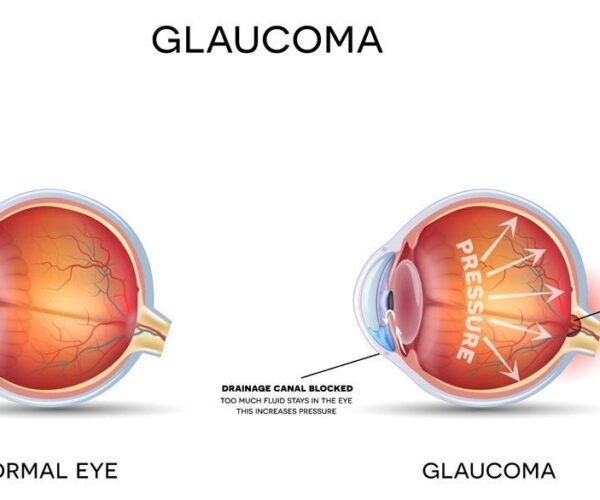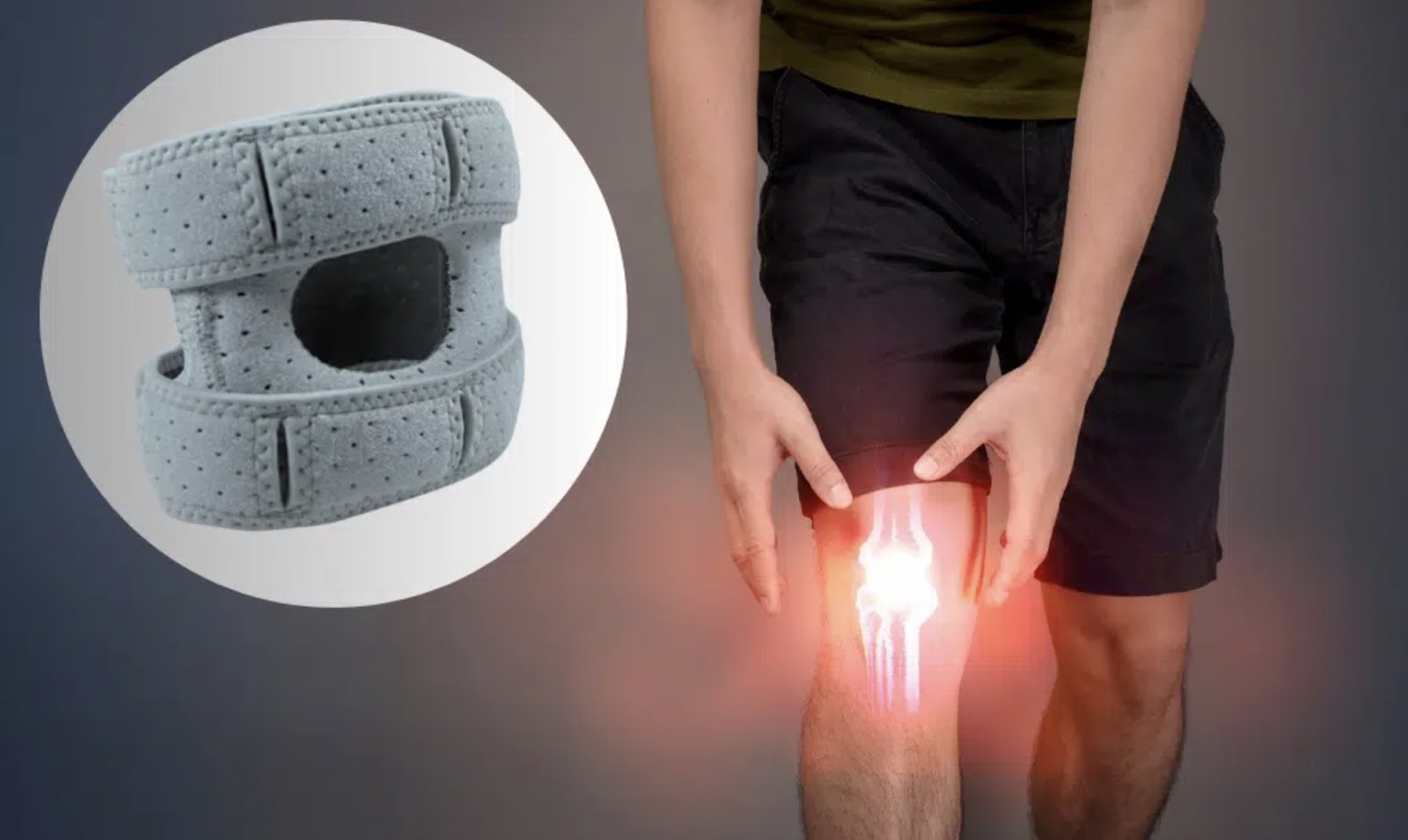Asthma is a lung ailment resulting due to inflammation that narrows the airways. You may feel shortness of breath, tightening in the chest, cough, and wheezing. Additionally, cells that line the airways produce a higher amount of mucus due to this condition. Asthma may also result due to exercise, occupation, and allergies.
Breathing exercises to alleviate symptoms of asthma
- Diaphragmatic breathing
Rest on your back with bent knees. Put a pillow under the knees or sit up straight on a chair. Keep one hand on your stomach, the other on your chest, and slowly breathe in through the nose. While breathing in, the hand on your chest should remain still, while the one on your stomach needs to move. Pursing your lips, slowly exhale and continue the practice until you can breathe without moving your chest.
- Buteyko breathing
Developed in the 1950s by Ukrainian doctor Konstantin Buteyko, this technique helps to control hyperventilation. Most people breathe quicker than required, which may increase shortness of breath while suffering from asthma. Buteyko breathing uses multiple exercises to guide you on how to breathe deeper and slower.
- Pursed lip breathing
This technique relieves shortness of breath. First, you must breathe slowly through the nose by closing your mouth. Then, purse your lips in a manner, wherein you are about to whistle. Lastly, exhale through the pursed lips for four counts.
- Yoga breathing
Yoga combines deep breathing and movements. Breathing practices like anulomvilom (alternate nostril breathing) help controlled and deep breathing, which improves lung functioning and reduces asthma-related symptoms.
Breathe retraining – A strategy that focuses on better breath control
Breathe retraining helps you to relax and relearn the science of breathing. It may include:
- Breathing through the nose, instead of your mouth
- Slowing the breathing rate through breath-holding and pausing to prevent hyperventilation
- Relaxing and not feeling anxious about breathing
- Improving your posture to enhance airflow through the lungs
Expenses related to treatment and why to buy insurance
Managing chronic asthma without acashless health insurance plan is expensive, as it involves several kinds of costs. Some of these include:
- Doctor’s consultation
You may need to frequently visit the doctor, which will result in high fees, and if you require a specialist, the cost can rise significantly. A mediclaim insurance for asthma can come handy in such a scenario.
- Medicines and other devices
Medications for treating asthma are expensive; moreover, you may need to buy high-cost devices like nebulizers and inhalers, which may result in financial constraints without health insurance for asthma.
- Hospitalization costs
Possibly, you may require hospitalization in case of a severe asthma attack, which strikes without any warning. If you do not have a medical insurance policy, meeting frequent hospitalization costs may become quite difficult.
Asthma can attack a person at any age, and it impairs the quality of life. If you do not treat this illness in a timely manner, it may prove life-threatening. Asthma often affects elders, and a critical illness health insurance for senior citizens is beneficial to deal with the treatment expenses.




